Artificial intelligence aids design of antimicrobial dental adhesive
In Brief
- Aided by artificial intelligence, scientists designed a dental adhesive with bacteria-fighting properties.
- The findings could lead to longer lasting dental fillings that would minimize the need for repeated trips to the dentist.

Ever had a cavity filled? Most of us know the drill. What you may not know, however, is that many of the fillings commonly used today last only about five to 10 years before they need to be replaced, often because of new cavities that crop up around the edges of the filling. This happens in part because the glue-like adhesive that seals the filling to the tooth breaks down over time, leaving tiny gaps into which cavity-causing bacteria can slip. Aided by artificial intelligence (AI), a cross-disciplinary team of experts in materials science and data science set out to tackle this problem by designing a dental adhesive with bacteria-fighting properties. The study, supported by NIDCR, recently appeared on the cover of ACS Applied Polymer Materials.

Led by Candan Tamerler, PhD, and Paulette Spencer, DDS, PhD, both professors of bioengineering and mechanical engineering at the University of Kansas, the researchers looked to nature for an antibacterial solution. They landed on a class of molecules called antimicrobial peptides, which all organisms produce as a first line of defense against harmful bacteria.
The scientists modified these peptides by adding chemical “spacers”— short strings of amino acids — which, in turn, linked the peptides to methacrylate, a common ingredient in dental adhesives. The spacers were designed to keep the antimicrobial peptide firmly attached to the methacrylate, yet distanced enough to keep the peptide’s structure and its bacteria-killing abilities intact. The researchers designed and tested two versions of peptide-laden adhesives—one with a short spacer and another longer one.
In lab experiments, adhesives with the shorter spacer more effectively killed Streptococcus mutans, the bacterial species primarily responsible for tooth decay. To better understand this result, the scientists used AI-based computing to characterize the effect of varying spacer lengths on the structure and flexibility of antimicrobial peptides. The analyses showed that peptides with the shorter spacer maintained a more natural shape, which explained their superior antimicrobial activity.
“With these AI-based analyses, we can predict material designs that optimize a peptide’s biological activity,” says Tamerler. The approach could be used to develop a variety of dental and medical materials that incorporate peptides and other biologically active molecules. Tamerler adds, “Using AI for rational, iterative design of materials could revolutionize the field of dentistry.”
Reference
Antimicrobial Peptide–Polymer Conjugates for Dentistry. Xie S-X, Song L, Yuca E, Boone K, Sarikaya R, VanOosten SK, Misra A, Ye Q, Spencer P, & Tamerler C. ACS Appl. Polym. Mater. 2020, 2, 3, 1134–1144.



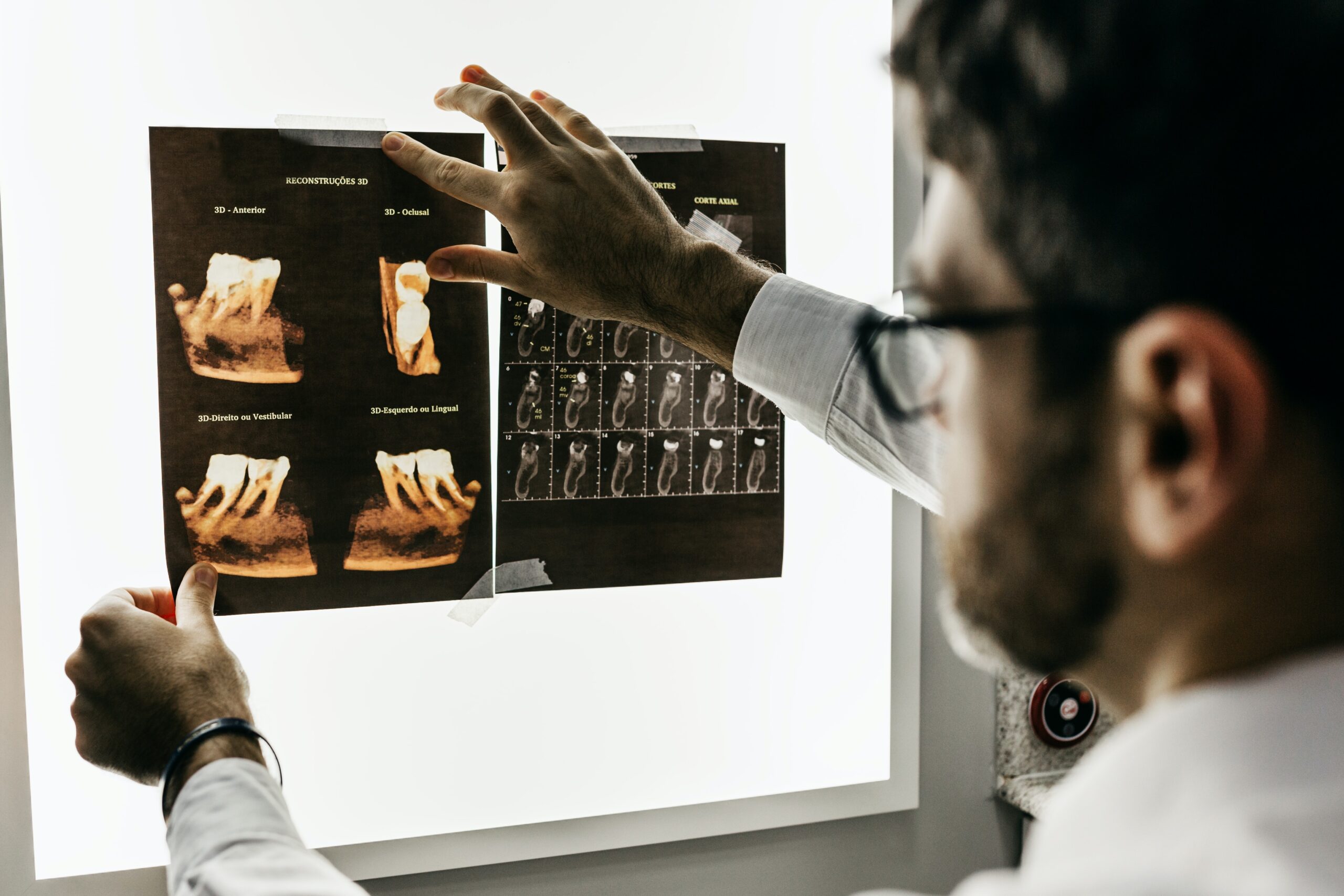

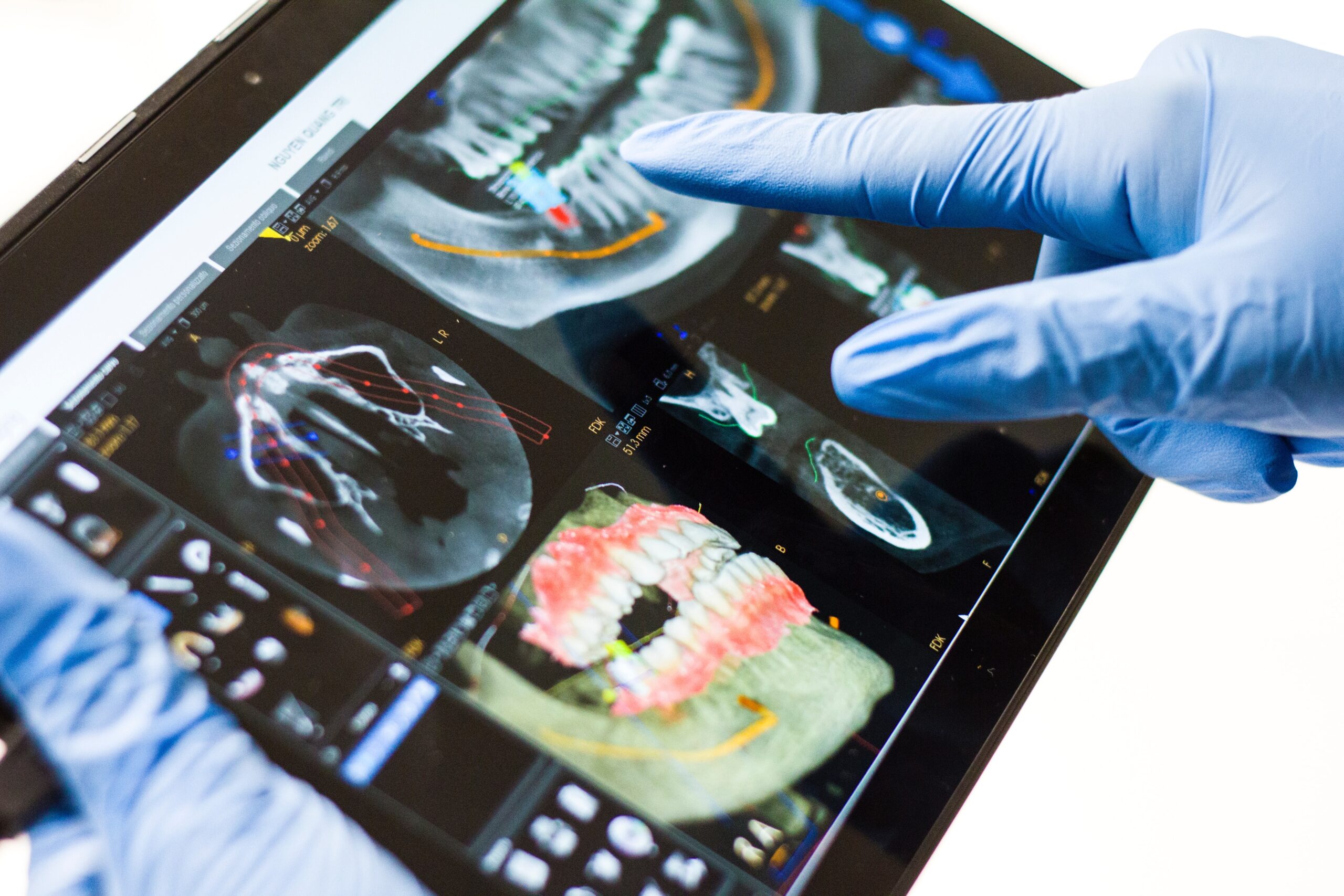
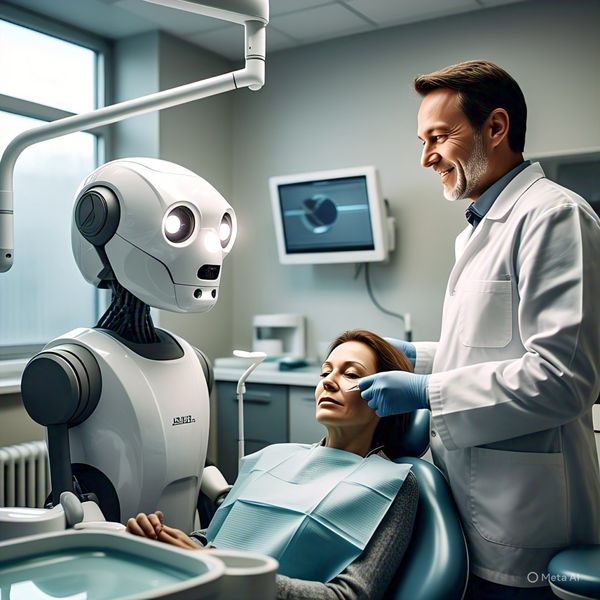

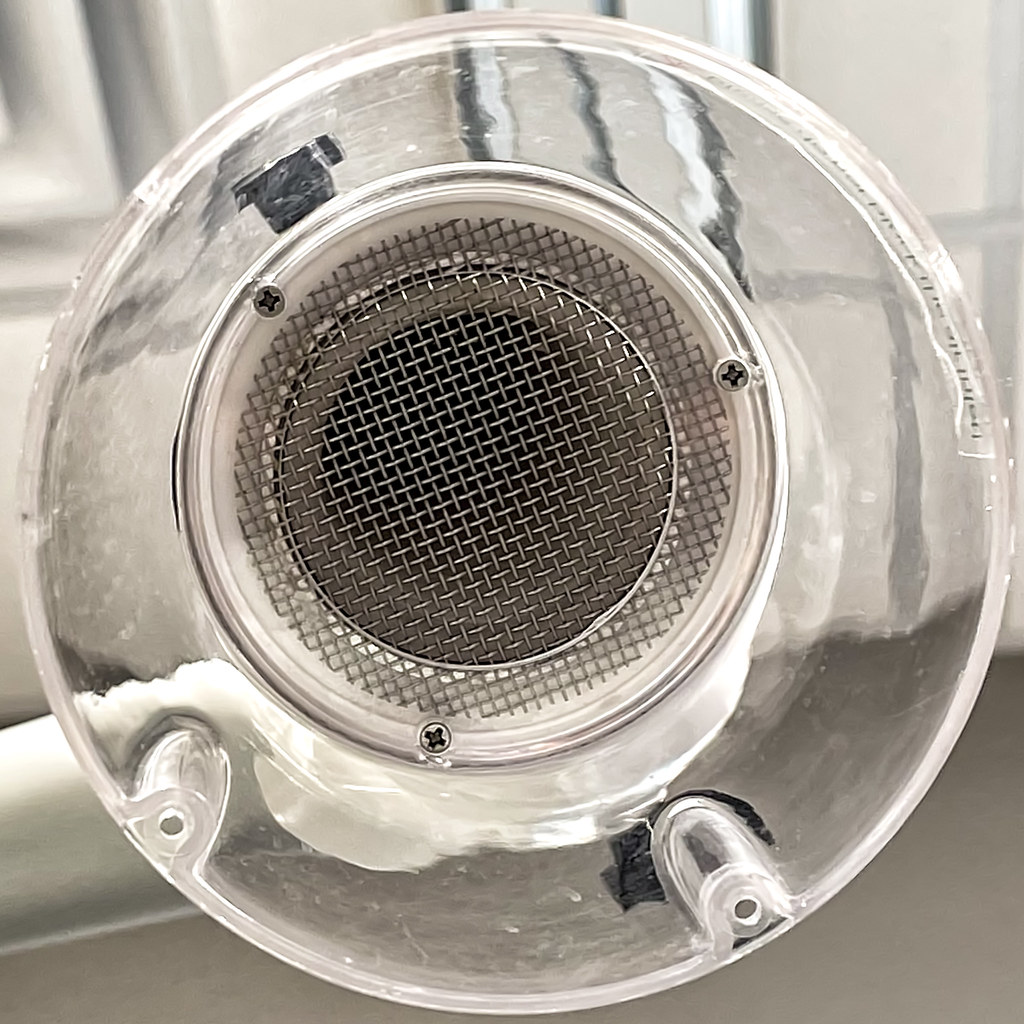
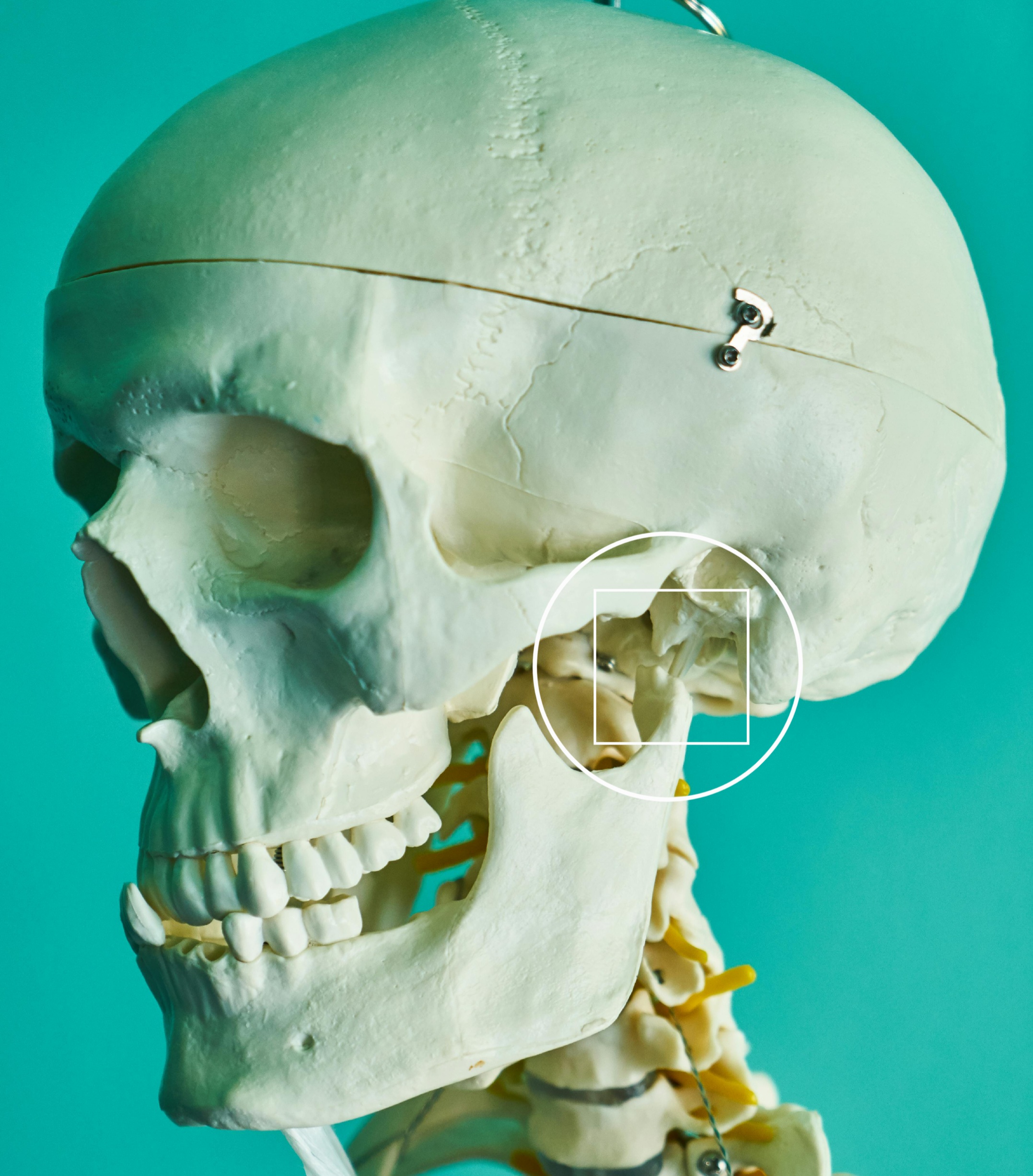


Leave a Reply